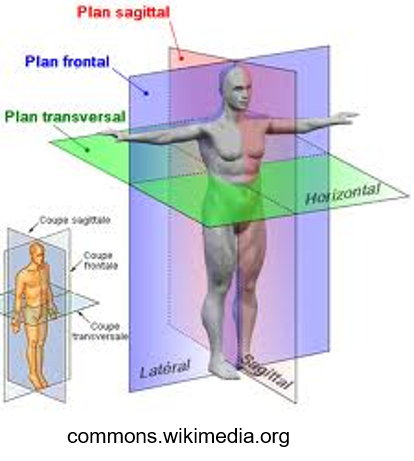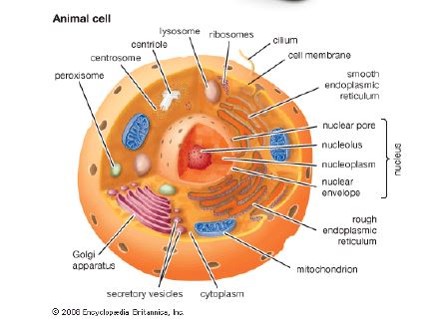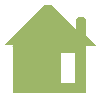Module code UE 961: Basic medical knowledge (40h : 32h lectures + 8h lab) – 5 ECTS
Module coordinator: Dr. Emilie De Brosses (emilie.de-brosses@univ-lorraine.fr)
Description:
This course is aimed at providing both basic medical and biological knowledge as well as a specialized technical training in the field of medical imaging for a better understanding of the medical theory and the clinical issues. Basic knowledge in anatomy (EC1), in cell and tissue biology as well as bases concerning the biomaterials science (EC2) will be provided. The more in-deep EC3 aims to explain the physical principles of different imaging modalities and to learn how to post-treat images.
EC1: Anatomy (10h lectures)
EC2: Basics in cell biology, histology and biomaterial science(12h lectures)
EC3: Medical imaging and image processing (18h = 10h lectures + 8h lab)


Pre-requisites:
Basics in wave physics (d’Alembert’s equation, one-dimensional wave parameters, stationary waves,…) – Basics in material science
Skills and learning outcomes:
|
Skills |
Level |
Learning outcomes |
|
Skill 9 To analyse the functioning of living organisms and/or human body through a scientific approach: – taking into account the experience of clinicians – using scientific and technical knowledge |
2 |
|
|
Skill 10 To propose an anatomic and functional restauration solution adapted to a clinical issue – taking into account the specificities of a given patient – proposing design solutions adapted to manufacturing processes and techniques in biomedicine – identifying the risks related to the implementation in real conditions – taking into account regulatory aspects |
2 |
|
|
Skill 2 To apply the usual concepts of various scientific fields of a technical subdomain to solve a complex problem, including a problem of design or engineering |
2 |
|
| Skill 3
To adopt free or commercial software packages, to solve physical problems. |
3 |
|
